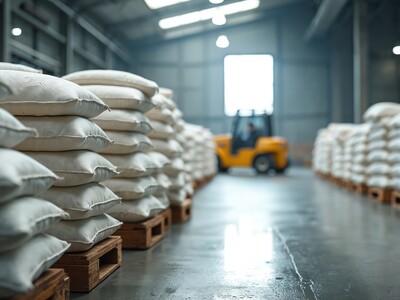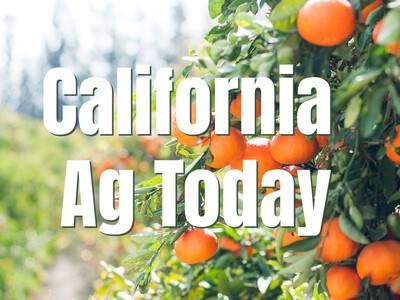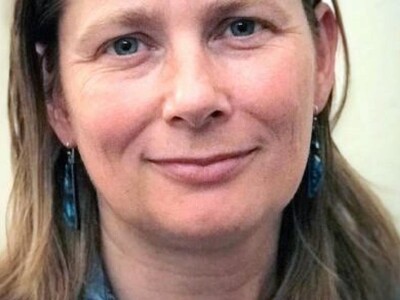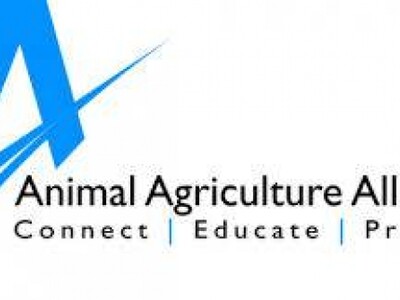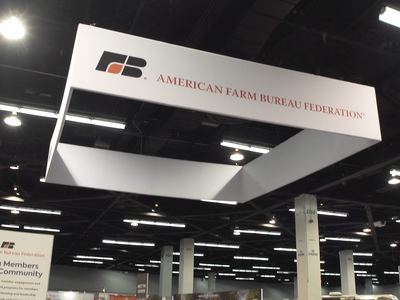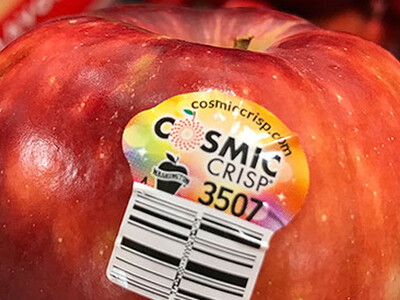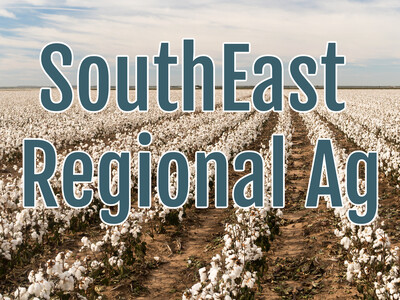REAPing the Benefits
REAPing the Benefits. I’m Greg Martin as Line On Agriculture presents the Harvest Clean Energy Report.
There are quite a number of programs out there that make getting into various forms of renewable energy easier. It all depends on what makes sense for your operation in your particular location. Brian Buch with
BUCH: It provides a grant or a loan guarantee to either ag producers or rural small businesses to help implement either renewable energy project or an energy efficiency improvement. The grants can be up to 25% of the total project cost. With the threshold there, the maximum on renewable energy is $500-thousand and energy efficiency is $200-thousand and they can partner the grant with their loan guarantee program and at that point they can participate up to 75% of their total project.
The REAP program has changed a bit this year but still includes many projects.
BUCH: It’s a really flexible program. We can look at things from small wind to large wind, small solar to large solar. Biomass, so you are looking at like biodiesel or ethanol production or those types of things as well as anaerobic digestion; also geothermal. Some of the things that are new this year they’ve included micro-hydro and they’ve also looked at some wave technology.
Buch talks about what is covered under efficiency projects.
BUCH: Energy efficiency, that’s anything you can do to an existing facility or process that makes them more energy efficient. Anything from windows, insulation, heating & cooling to if you are manufacturing and have a process that you replace a piece of equipment in that process that makes you more energy efficient, that also would work for the program.
REAP is part of the 2007 Farm Bill and if you are thinking about a project Buch says to contact your local USDA Rural Development office.
BUCH: Each state has a rural energy coordinator so probably get in contact with the rural energy coordinator. It does have an application. Once you get in touch with them they will walk you through what an application consists of. We want to make sure it’s an eligible project – eligible applicant. I think the key thing to keep in mind is that there is a technical report that goes with each of these applications and that technical report is depending on what kind of technology you are looking at doing and also the size that you are looking at implementing.
For additional information on clean energy, visit harvestcleanenergy.org. That’s today’s Line On Agriculture. I’m Greg Martin on the Northwest Ag Information Network.







